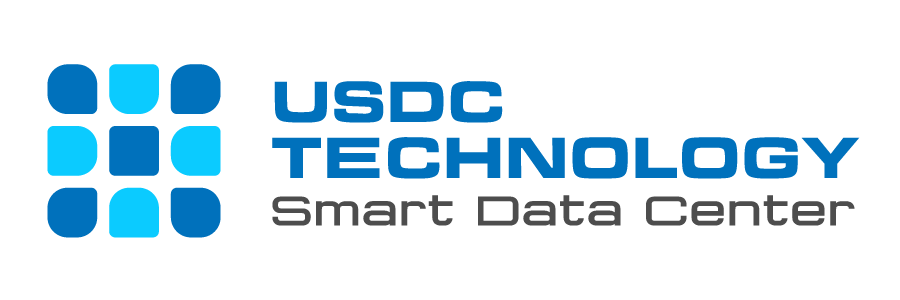As data center experts, our decisions significantly influence the reliability, security, and performance of the facilities we manage. Among the critical choices we face is selecting the right certification standard. A frequently heard claim is that Uptime Institute’s Tier Standard: Topology (UTI) is easier to achieve compared to ANSI/TIA-942. This assertion, often perpetuated by consultants with a vested interest in Uptime certification, merits a thorough examination. Let’s dissect this notion and explore the underlying realities.
The Core Arguments – Advocates for Uptime certification over ANSI/TIA-942 often present three main arguments
– UTI focuses solely on electrical and mechanical (cooling) systems, whereas ANSI/TIA-942 covers a broader range of areas including telecommunications and physical security.
– ANSI/TIA-942 is prescriptive and has numerous stringent requirements that are difficult to implement.
– Failing to meet one of the ANSI/TIA-942 requirements results in being unable to achieve certification.
Let’s delve into each argument to uncover the truth.
Argument 1: UTI Only Reviews Electrical and Mechanical Systems
– Scope of the Audit: The narrower scope of UTI , concentrating only on electrical and mechanical systems, indeed results in fewer components being assessed. While this might seem appealing due to its simplicity, it overlooks critical areas such as telecommunications and physical security, which are essential to the overall reliability of a data center. This approach is comparable to certifying a car’s seatbelts without examining the tires, brakes, or structural integrity. A comprehensive certification like ANSI/TIA-942, which evaluates all potential physical risks, provides a more holistic assessment of a data center’s infrastructure.
– Difficulty in Meeting Criteria: Contrary to the notion of ease, UTI can impose more stringent requirements than ANSI/TIA-942. For instance, UTI mandates prime generators, whereas ANSI/TIA-942 allows for standby generators. UTI also considers extreme ambient conditions based on a 20-year historical data, significantly increasing costs. These stringent requirements often perplex engineers and business owners, leading to questions about the necessity of such extremes. ANSI/TIA-942, in contrast, offers a practical and flexible approach, enabling a balanced risk versus investment model.
Argument 2: ANSI/TIA-942 is Prescriptive with Strict Requirements
This argument misunderstands the flexibility inherent in ANSI/TIA-942. While the standard includes detailed requirements, it supports overarching goals for each rating level. Failing to meet a specific table entry does not automatically preclude certification. The ANSI/TIA-942 standard is outcome-based, allowing for practical solutions that meet the overall intent, even if they deviate from prescriptive measures. This flexibility is crucial for adapting to unique data center environments and operational needs.
Argument 3: Failure to Meet ANSI/TIA-942 Requirements Precludes Certification
Similar to the previous point, this argument fails to grasp the nuances of the certification process. Auditing standards, particularly those based on ISO, categorize non-conformities into Category 1 and Category 2. A data center with Category 2 non-conformities can still achieve certification, provided these issues are addressed within a specified timeframe. This process ensures continuous improvement while allowing certification to be attained, thereby dispelling the myth of an all-or-nothing approach.
Conclusion
The perception that Uptime certification is easier is rooted in its narrower scope, but this comes with significant caveats. While UTI may appear simpler, it often entails more stringent and costly requirements within its limited focus. Conversely, ANSI/TIA-942 provides a comprehensive evaluation, ensuring that all critical aspects of a data center are assessed, offering a balanced approach to risk and investment.
For data center experts, the decision between UTI and ANSI/TIA-942 should be informed by a thorough understanding of each standard’s scope and requirements. Prioritizing a comprehensive certification like ANSI/TIA-942 ensures a more resilient and reliable data center infrastructure, capable of meeting the demands of modern business operations.
In the end, it is not about choosing the path of least resistance but about ensuring the integrity, reliability, and resilience of our data centers. A comprehensive, well-balanced certification approach is essential for safeguarding our infrastructure and maintaining operational excellence.
Media Contact
Universal Smart Data Center Technology
Phone: (+84) 28 73080708
Email: info@usdc.vn


